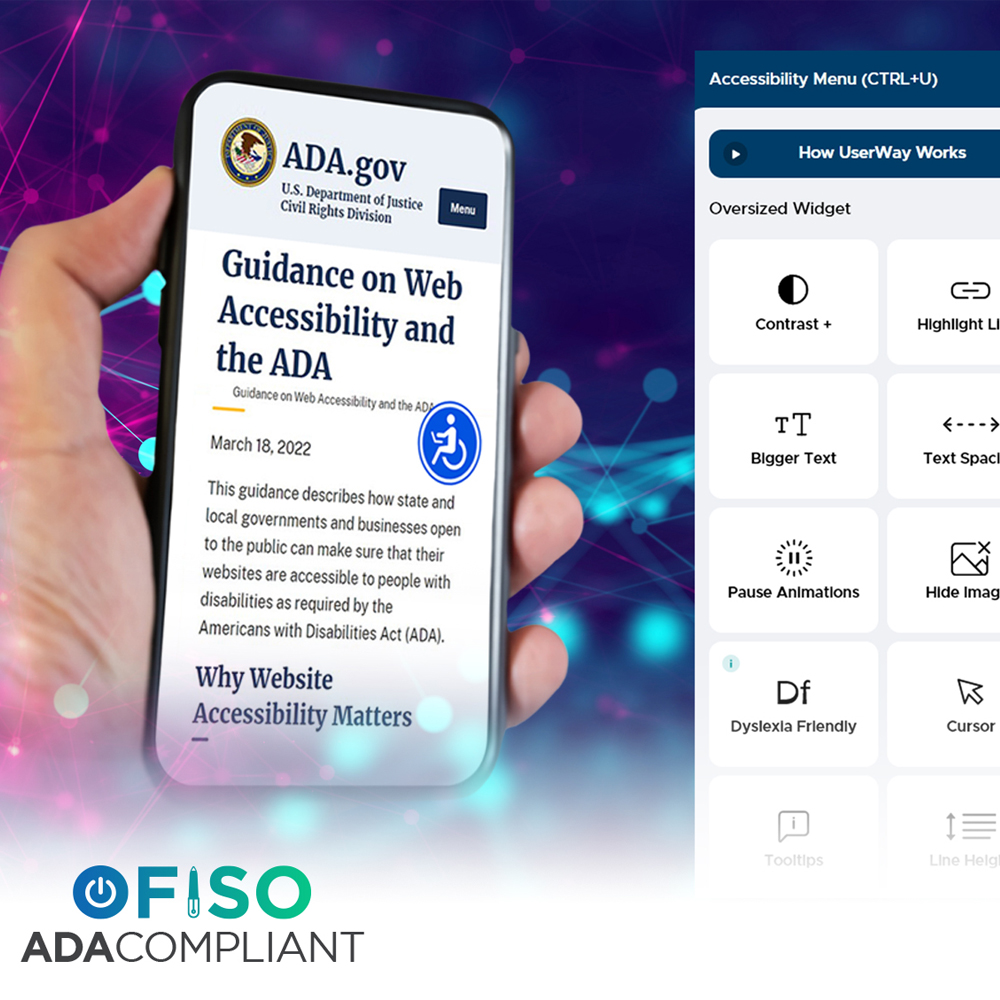Description
Having an ADA-compliant website ensures that all users, including those with disabilities, can access and navigate your site effectively. The Americans with Disabilities Act (ADA) requires websites to meet specific accessibility standards, such as providing text alternatives for non-text content (e.g., alt text for images), ensuring keyboard navigability, using sufficient color contrast, and offering captions for multimedia. Compliance not only helps avoid legal issues but also promotes inclusivity, improves user experience, and expands your audience reach. Tools like screen readers, keyboard-only navigation, and accessibility audits can help ensure your website meets WCAG (Web Content Accessibility Guidelines) standards, which are the foundation of ADA compliance.





